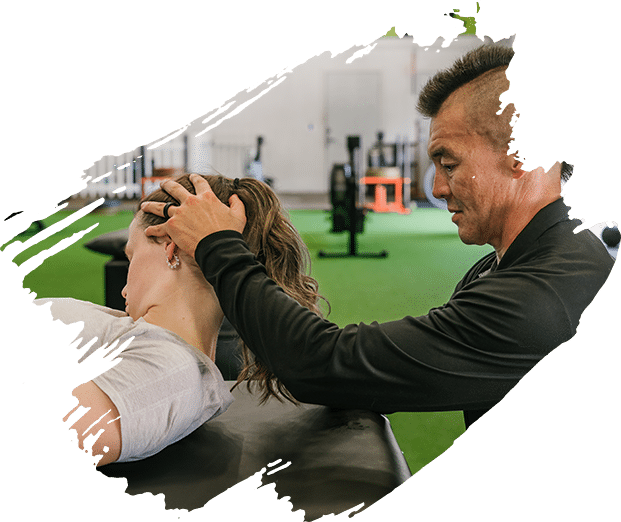 There are some very good reasons to get a personalized program and one of those is ensuring special needs are met. For instance, can you still exercise with bad feet or ankles? The answer is yes, but you need a program designed specifically for your needs. At Habitat Health and Fitness in Lakeland, Florida, FL, our personal trainers ask about those special needs, learn about your goals and assess your fitness before creating a program for you. So what type of exercises are safe to do if you have problems. It depends on the exact problem, but here are some generalized ideas.
There are some very good reasons to get a personalized program and one of those is ensuring special needs are met. For instance, can you still exercise with bad feet or ankles? The answer is yes, but you need a program designed specifically for your needs. At Habitat Health and Fitness in Lakeland, Florida, FL, our personal trainers ask about those special needs, learn about your goals and assess your fitness before creating a program for you. So what type of exercises are safe to do if you have problems. It depends on the exact problem, but here are some generalized ideas.
Let's start with what you shouldn't do.
Any type of high impact workout is a no-no, whether you have a temporary problem, such as a broken ankle, or something more permanent. You may be able to do some alternate exercises, such as aqua jogging, swimming or seated and water exercises, but only if you have a cast that's waterproof or no cast at all. Some exercises, like battle ropes, can be done from a seated position. Always ask your health care professional before you begin any program of exercise.
Modifying exercises to prevent pressure is a good place to start.
Strengthen your core muscles by laying on your back and putting your knees together, bringing them up and bending them more as you do. Pull your bent knees as close to your chest as possible, then slowly lower them. While they're super tough, doing leg lifts from a seated position with legs outstretched can be done. Ask your trainer for help with form. Switch out butt kicks used for a toned bottom with donkey kicks that are done on the hands and knees.
Upper body workouts can be done from a seated position.
Do stretches to warm up your upper body before you start. You can even do air boxing or make angel wings. There are a host of upper body strength training workouts that you can do safely with resistance bands. Depending on your problem, doing foot stretches can help build up the muscles. In a seated position, lift one foot and make circles with your foot if you're able. Some stretches involve using resistance bands, too.
- Don't push yourself beyond the pain. Only do exercises that don't put undo pressure on the area. Those could cause even more damage to the foot or ankle.
- Modify traditional exercises, like doing push-ups on bent knee or doing them by placing your thighs on a chair, coffee table or ottoman. Keeping your hands shoulder width apart, raise your upper body until your arms are straight.
- On your hands and knees, do foot circles. Squeeze your bottom tightly as you lift one leg, move it first in 3-4 clockwise circles, then counter-clockwise ones. Lower it and do the other side.
- Just because you have foot or ankle problems, it doesn't mean you can't exercise. It means you have to be careful not to cause more damage. That's where having a trainer can be extremely beneficial.
For more information, contact us today at Habitat Health & Fitness

